
Achieving Success in Indirect Procurement: Step-by-Step Guide
Introduction: Procurement efficiency is crucial to the success or failure of a firm in today’s fast-paced commercial world. Any company...

Get 20€ off on your first order!
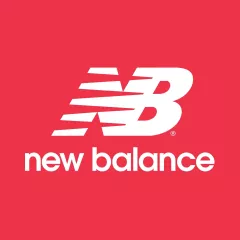
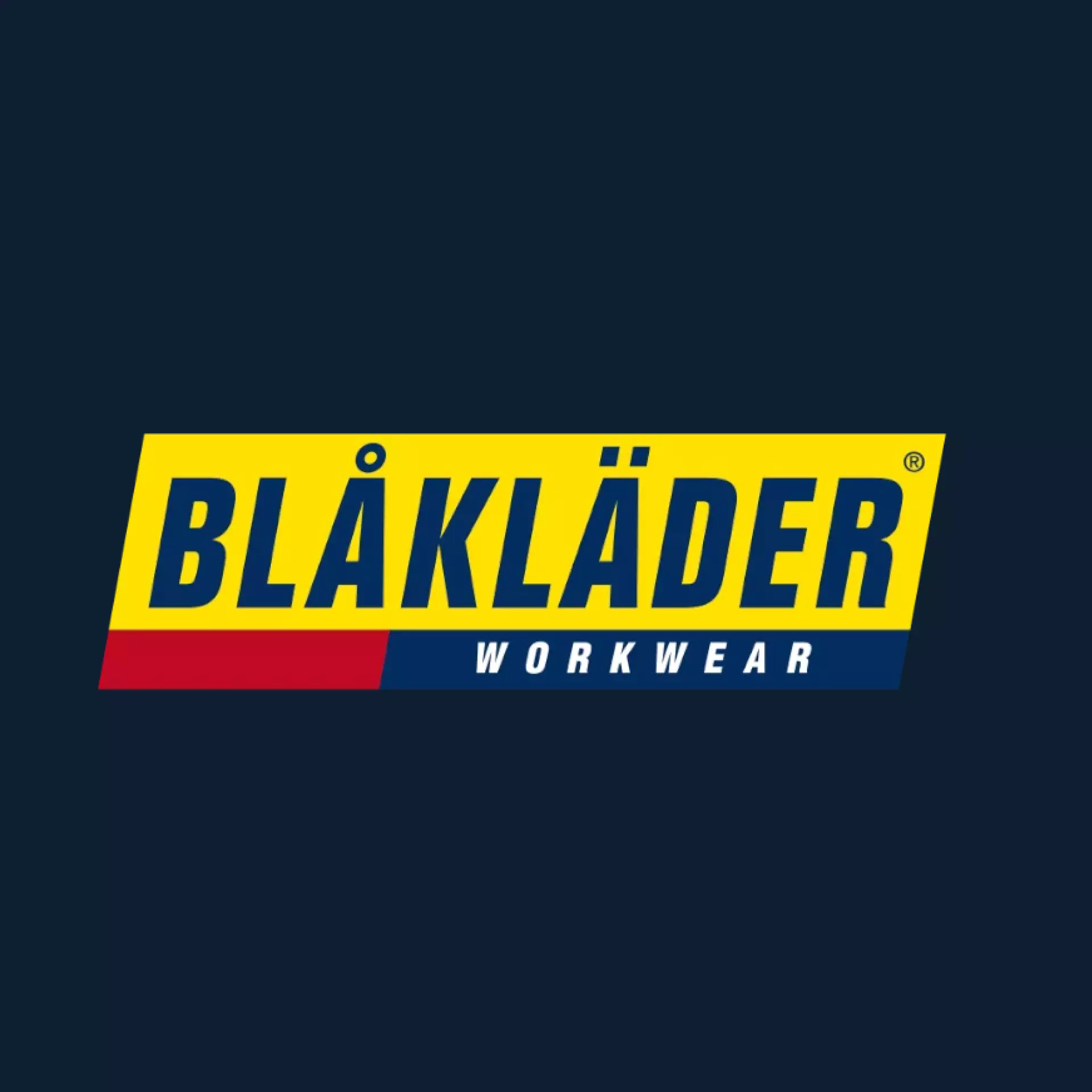
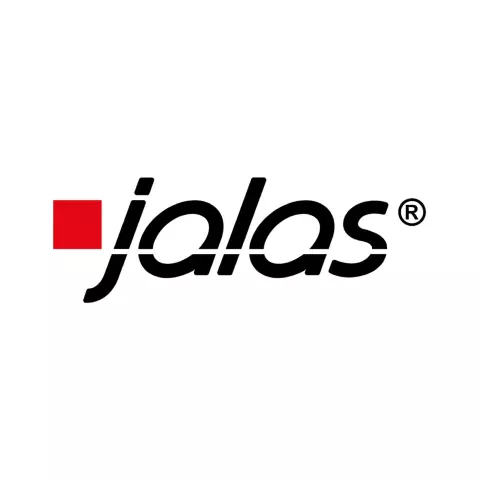
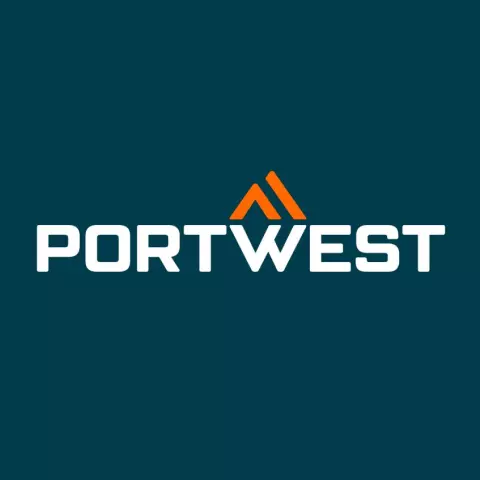

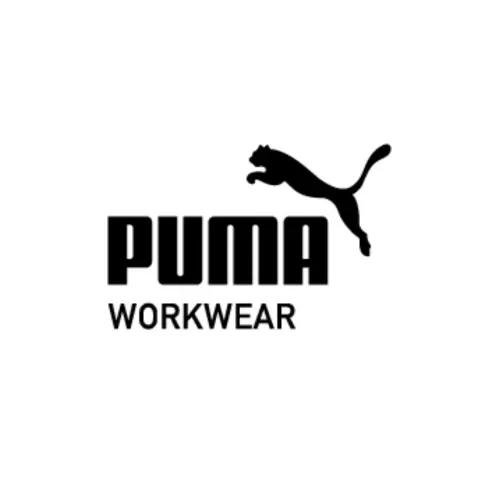

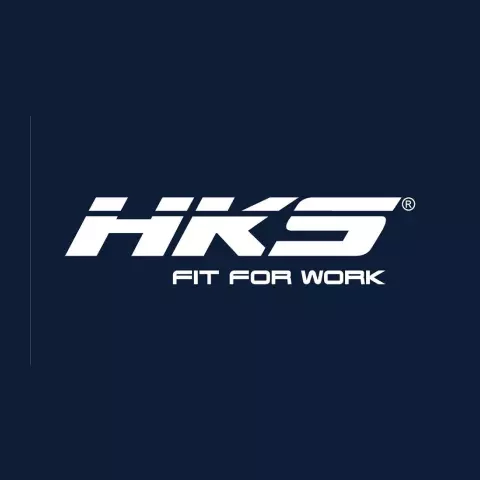


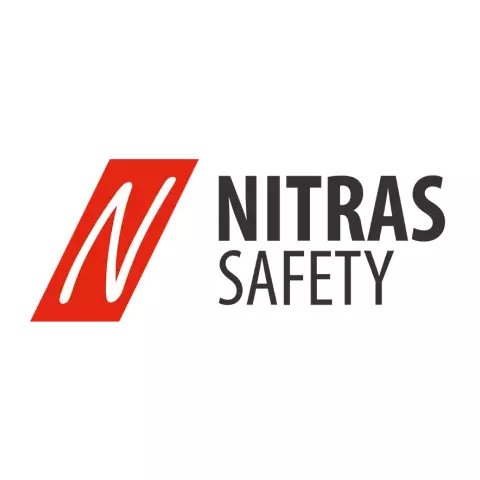




















In a fast changing global economy, firms face supply chain disruptions, fluctuating markets, and unexpected demand. Managing these difficulties requires good procurement data utilisation. Companies can improve processes and accurately estimate market trends by using procurement data. Businesses may remain ahead of the competition, predict trends, and make proactive decisions by using this abundance of information. This blog discusses how procurement data may predict market trends and boost a company’s market position.
Financial and transactional procurement data originates from inside and outside the organisation. Procurement technologies, vendor contracts, purchase orders, RFPs, ERP systems, and vendor risk assessments provide procurement data.
This data helps organisations choose vendors, manage risk and compliance, and allocate resources. Procurement data may also predict demand, guiding production and marketing.
Businesses may get deeper insights and generate more accurate forecasts by merging AI with procurement data. Businesses must be nimble in their procurement operations since natural catastrophes, demand spikes, regulation, and other factors can disrupt a supply chain. Analytics in procurement helps companies make better business decisions by providing visibility into resources and KPIs.
A tyre maker may have numerous rubber suppliers. They usually work with Vendor A, but he’s low on stock and can’t fulfil the manufacturer’s order. The manufacturer must switch vendors fast to satisfy demand, but which one? Procurement analytics would assist the manufacturer choose by showing them different vendors with inventory, their delivery dates, and pricing.
Spend analytics provides visibility into an organization’s spending to reduce procurement expenditures. The company may also assign KPIs to suppliers and evaluate their performance to see if they’re achieving their goals. Spend analytics may help a corporation cut direct and indirect costs immediately and make smarter decisions to save costs over time.
Contract analytics illuminates supplier agreements. It reveals if the company is taking advantage of volume discounts, contract renewals, and the best terms. This can help the company negotiate better contracts and save expenses and enhance supplier relations.
Business uses supplier analytics to determine which suppliers carry the commodities they require, how often they switch vendors, and when a vendor last bids for services. Visibility into these data may help organisations enhance supplier relationships, locate new suppliers, and improve procurement performance, making them more flexible and cost-effective.
An organisation might measure its buying performance against rivals or market leaders. It lets the company swiftly respond to industry developments and find openings for a competitive edge.
Businesses may identify their most purchased resources, goods, and services with procurement data. The data helps them analyse and anticipate company and industry trends. With this knowledge, they may better estimate future demand and navigate hurdles. Then, they may adapt using the data.
Because they had many of the basic elements, many alcohol distilleries made hand sanitiser early in the pandemic when it was scarce. This was a good business approach for using current goods and improving public relations through marketing efforts.
Demand forecasting uses data to anticipate client purchase trends. It prevents procurement and manufacturing teams from overstocking supplies, overproducing, or understaffing their production teams.
Demand forecasting was formerly done manually by analysts using historical data and other restricted data. Unfortunately, this was inaccurate and AI was introduced soon after. AI-powered RFP automation helps firms analyse more data quicker and get deeper insights into trends to better forecast company requirements and sales. This data helps procurement managers act strategically.
Organisations can also estimate demand by asking current consumers about their future purchases. This takes time and effort, but client data is usually important and worth it.
Procurement analysis software improves demand forecasts by 55% on average. AI is often used in procurement analysis tools to improve projections and assist companies buy goods before market shifts.
Businesses require procurement software that gives them complete insight to pivot fast when providers don’t match their demands. It should readily interface with the company’s ERP and other procurement applications via native integrations or APIs. Then, the company may combine all procurement data into a dashboard for greater insights and process improvements.
AI in procurement is one of the finest approaches to increase forecast accuracy. Organisations may gain deeper insights and make better choices using AI since it can process more data faster than human analysts.
additional data streams, especially from suppliers, can increase forecast accuracy by providing additional data to work with. First-party data is fantastic, but third-party data might reveal non-purchasing clients.
A more flexible supply chain requires predictive procurement. Gather procurement data today and use it into demand forecasts to improve procedures and choices.
Maintaining a competitive edge in today’s changing corporate climate requires procurement data market trend prediction. Businesses may improve forecasts, supplier relations, and strategic choices by using procurement analytics and AI-driven technologies. Data-driven procurement is the key to an agile, robust supply chain that can adjust quickly to market changes and succeed long-term.
Thank you! You've signed up for our newsletter.
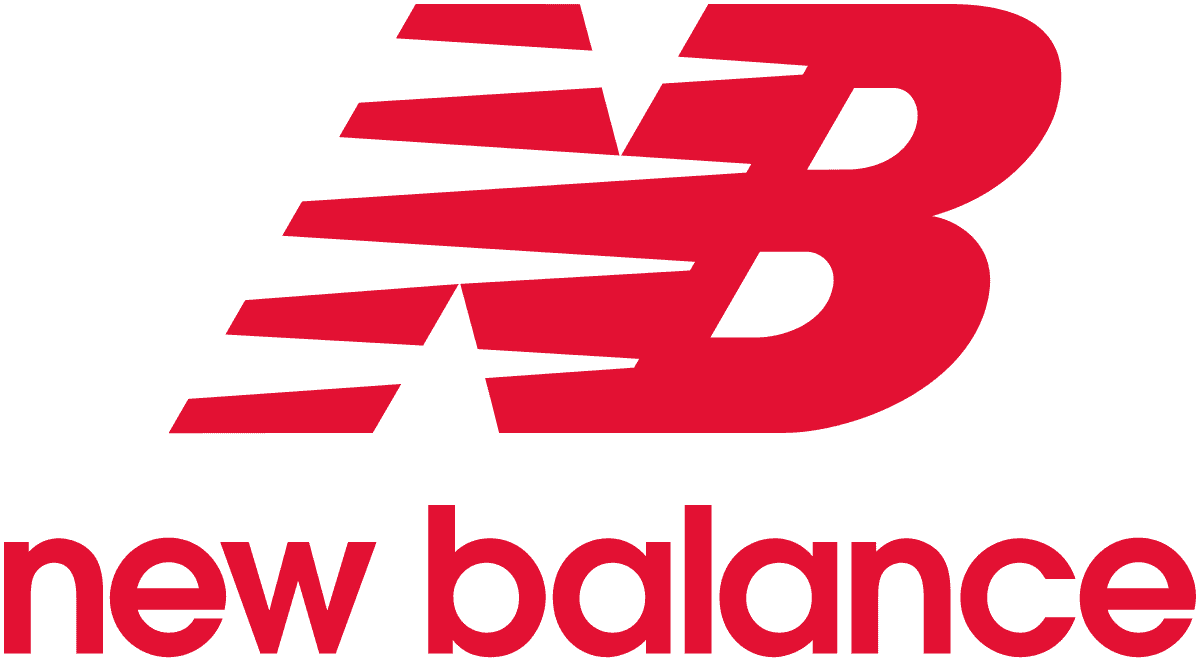

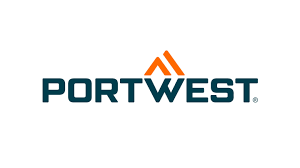
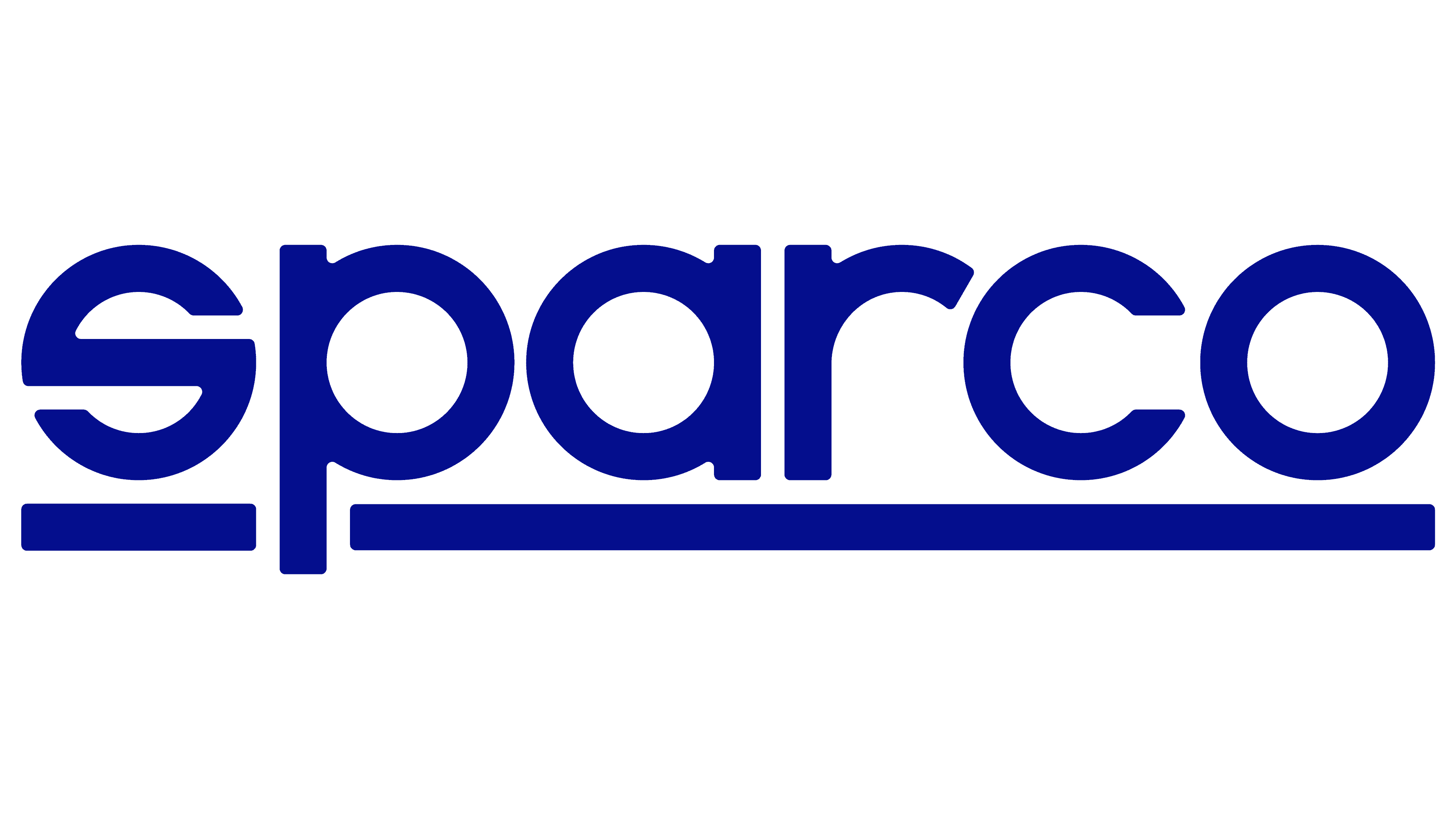
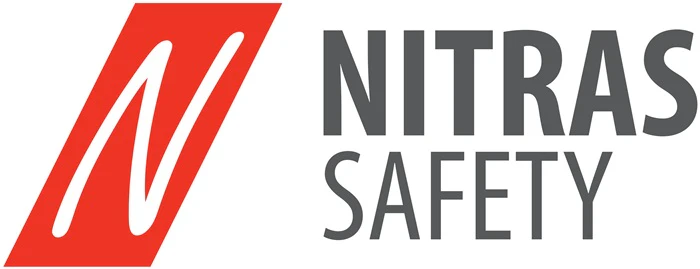






Introduction: Procurement efficiency is crucial to the success or failure of a firm in today’s fast-paced commercial world. Any company...

Introduction: In the hectic business world of today, companies have to stay competitive, reduce costs, and increase efficiency. Companies may...

Introduction Supply chains face several hazards that might interrupt operations and lower profits in today’s turbulent economic environment. Natural catastrophes,...

Introduction: Procurement efficiency is crucial to the success or failure of a firm in today’s fast-paced commercial world. Any company...

Introduction: In the hectic business world of today, companies have to stay competitive, reduce costs, and increase efficiency. Companies may...

Introduction Supply chains face several hazards that might interrupt operations and lower profits in today’s turbulent economic environment. Natural catastrophes,...
Get 20€ off on your first order!
Save 30% by buying directly from brands, and get an extra 10€ off orders over €100
Save 30% by buying directly form brands, and get an extra 10€ off orders over €100